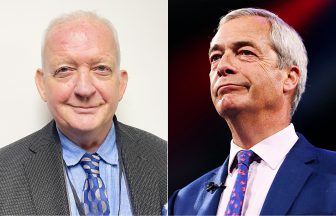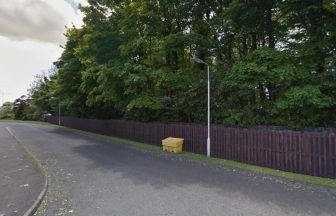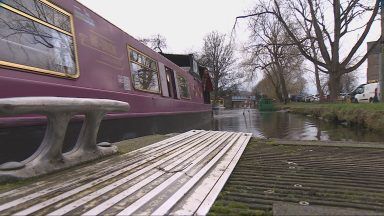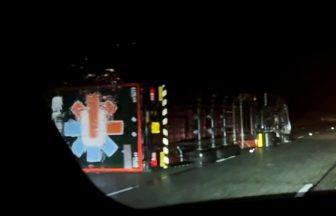Every voter in England, Scotland, Wales, and Northern Ireland will be able to cast a ballot in the General Election on July 4.
But only certain kinds of photo identification will be accepted at polling stations and those without the correct ID will be turned away.
People who do not have any of the right forms of ID need to apply for a voter authority certificate by 5pm on Wednesday.
This is also the deadline to apply for a proxy vote, asking someone to vote on your behalf.
If you live in Northern Ireland, the deadline will be at midnight on Wednesday.
The widespread use of photo ID at elections was introduced in May 2023.
It meant 14,000 people were not able to vote because they could not show an accepted form of photo ID, according to the Electoral Commission.
Which forms of ID will be accepted at polling stations?
Various forms of photographic ID in different categories will be accepted. Anyone without eligible ID can apply for a free voter ID document, known as a Voter Authority Certificate, here or by contacting their local council.
You will only need to show one of the following forms of photo ID. You must present the original version and not a photocopy.
- Passport issued by the UK, any of the Channel Islands, the Isle of Man, a British Overseas Territory, an EEA state or a Commonwealth country
- Driving licence issued by the UK, any of the Channel Islands, the Isle of Man, or an EEA state (this includes a provisional driving licence)
- A Blue Badge
- Older Person’s Bus Pass
- Disabled Person’s Bus Pass
- Oyster 60+ Card
- Freedom Pass
- Scottish National Entitlement Card
- 60 and Over Welsh Concessionary Travel Card
- Disabled Person’s Welsh Concessionary Travel Card
- Senior SmartPass issued in Northern Ireland
- Registered Blind SmartPass or Blind Person’s SmartPass issued in Northern Ireland
- War Disablement SmartPass issued in Northern Ireland
- 60+ SmartPass issued in Northern Ireland
- Half Fare SmartPass issued in Northern Ireland
- Identity card bearing the Proof of Age Standards Scheme hologram (a PASS card)
- Biometric immigration document
- Ministry of Defence Form 90 (Defence Identity Card)
- National identity card issued by an EEA state
- Electoral Identity Card issued in Northern Ireland
- Voter Authority Certificate
- Anonymous Elector’s Document
What is happening at the General Election?
All 650 parliamentary constituency seats across England, Scotland, Wales, and Northern Ireland are up for grabs on July 4.
Anyone over 16 years old who has a voter ID can vote for a candidate in their local area to become a Member of Parliament in the House of Commons by the first past the post-voting system.
Leading with 21 points in the polls, Sir Keir Starmer’s Labour Party is vying to gain a tremendous majority at the expense of a weakened Rishi Sunak Tory Government, which is trailing behind.
Nigel Farage’s Reform Party is aiming to leap slightly ahead of the Tories to become the second main political party and the direct opposition to a possible Labour government.
The Lib Dems and Green Party are too looking to take advantage of the increasingly unpopular Conservatives.
Why is voter ID needed now?
Photo ID rules were brought in as part of the Elections Act 2022, with the Government saying they are necessary to combat the risk of in-person voter fraud.
The requirements were first enforced at last year’s local elections in England.
An investigation by the Electoral Commission suggested at least around 14,000 people – 0.25% of voters – did not vote in those elections after being unable to show an accepted form of photo ID at their polling station.
Follow STV News on WhatsApp
Scan the QR code on your mobile device for all the latest news from around the country





























